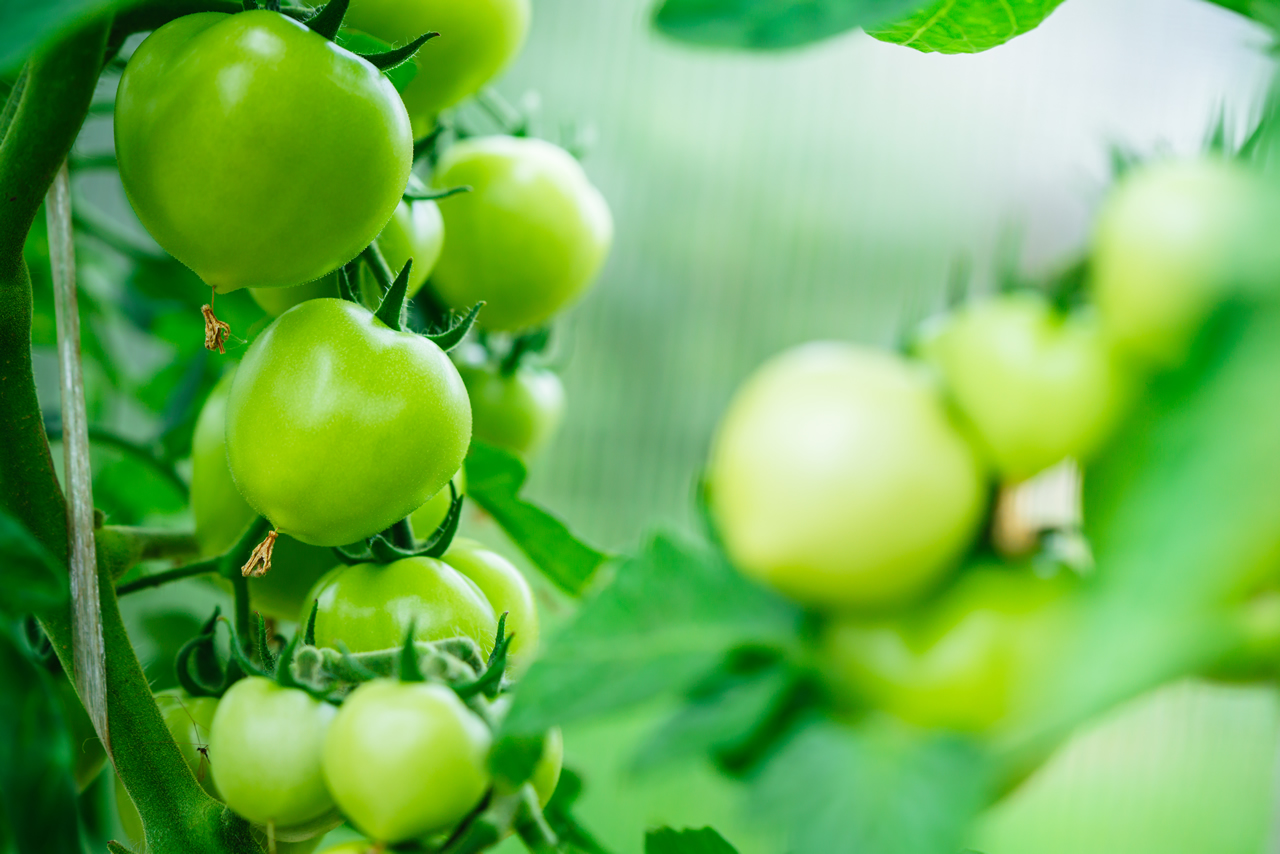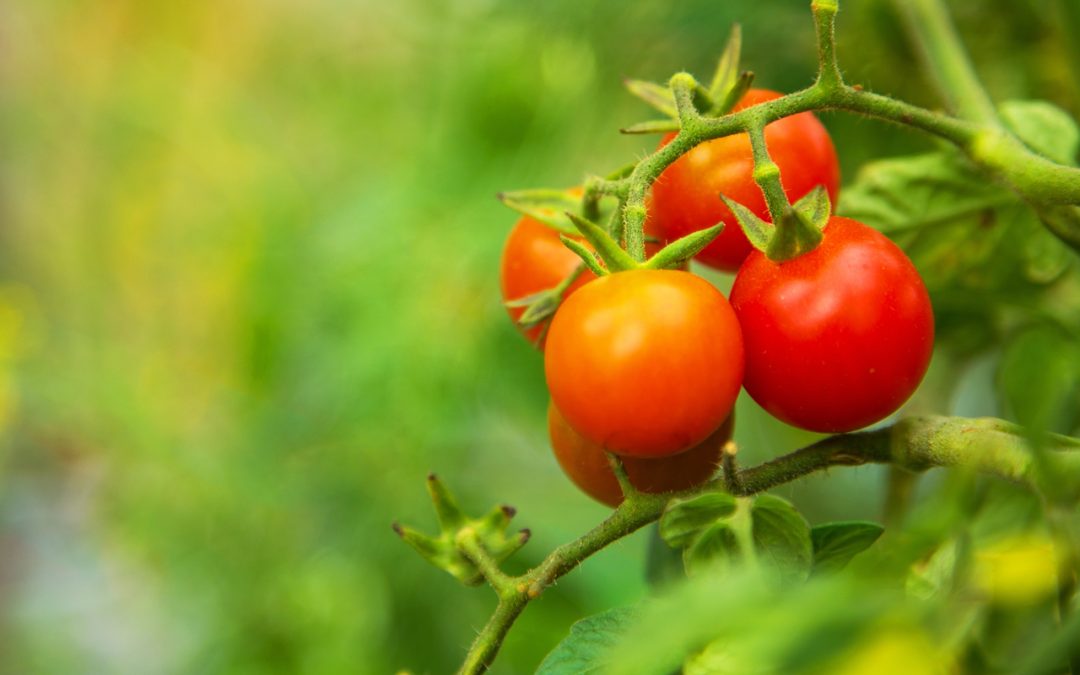Tomatoes are one of the most popular and versatile fruits in the world. With numerous varieties available, it can be overwhelming to choose the right type of tomato plant for your garden. In this article, we will explore different types of tomato plants, their characteristics, and the best ways to grow and care for them. Whether you're a seasoned gardener or a beginner, this guide will help you make informed decisions about the types of tomato plants that suit your needs and preferences.
1. Tomato
Tomatoes are a staple ingredient in many dishes, from salads to sauces, and they come in a wide array of colors, sizes, and flavors. Understanding the different types of tomato plants will help you choose the right ones for your garden, considering factors such as space availability, growing conditions, and personal preferences.
2. Determinate vs. Indeterminate Tomato Plants
When selecting tomato plants, it's important to know the difference between determinate and indeterminate varieties. Determinate tomato plants grow to a fixed height, typically around 3 to 4 feet, and produce their fruit within a specific period. Indeterminate tomato plants, on the other hand, continue to grow and produce fruit throughout the growing season, often reaching heights of 6 feet or more.
3. Heirloom Tomato Plants
Heirloom tomato plants are treasured for their rich history and unique flavors. These varieties have been passed down through generations, maintaining their original genetic traits. Heirloom tomatoes come in various shapes, sizes, and colors, and they often have a more distinct and complex taste compared to hybrid tomatoes.
4. Cherry Tomato Plants
Cherry tomatoes are small, bite-sized fruits that are incredibly sweet and juicy. These tomatoes are perfect for snacking, salads, or garnishing dishes. Cherry tomato plants are prolific producers, and they come in different colors, including red, yellow, and even black.
5. Beefsteak Tomato Plants
Beefsteak tomatoes are large and meaty, making them ideal for sandwiches and slicing. They are known for their robust flavor and juicy texture. Beefsteak tomato plants require ample space and support due to their vigorous growth and heavy fruits.
6. Plum Tomato Plants
Plum tomatoes, also known as paste tomatoes, are oval-shaped and have a dense flesh. These tomatoes are popular for making sauces, soups, and canning. Plum tomato plants are generally determinate and bear a large number of fruits in a concentrated period.
7. Roma Tomato Plants
Roma tomatoes are similar to plum tomatoes, but they are slightly smaller and more elongated. They are widely used for cooking, especially in Italian cuisine. Roma tomato plants are known for their disease resistance and high yield.
8. Grape Tomato Plants
Grape tomatoes are small and oblong-shaped, resembling grapes. They are sweet and have a delightful burst of flavor. Grape tomato plants are indeterminate and produce fruit in
clusters, making them an attractive addition to salads and snacks.
9. Green Tomato Plants
Green tomatoes are unripe tomatoes that have a tangy and slightly acidic taste. They can be fried, pickled, or used in chutneys and relishes. Green tomato plants require a longer growing season to fully ripen.
10. Yellow Tomato Plants
Yellow tomatoes add a vibrant pop of color to dishes and have a mild, sweet flavor. They are often less acidic than red tomatoes, making them suitable for individuals with sensitive stomachs. Yellow tomato plants come in various sizes and shapes.
11. Black Tomato Plants
Black tomatoes are unique in appearance, ranging from deep purple to almost black. They have an intense and complex flavor profile with a balance of sweetness and acidity. Black tomato plants are indeterminate and require full sun to develop their characteristic color.
12. Patio Tomato Plants
Patio tomato plants are compact and bushy, making them ideal for container gardening and small spaces. They produce smaller-sized fruits but still offer great flavor. Patio tomato plants can thrive in pots, hanging baskets, or raised beds.

13. Container Tomato Plants
Container tomato plants are specifically bred for growing in pots and containers. These plants have a more compact size and can be placed on balconies, patios, or windowsills. Container gardening allows you to enjoy fresh tomatoes even if you have limited garden space.
14. Disease-Resistant Tomato Plants
Disease-resistant tomato plants are bred to withstand common tomato diseases, such as blight, wilt, and viruses. These varieties offer a higher chance of a successful harvest, especially in areas where specific diseases are prevalent.
15. Final Thoughts
In conclusion, there is a wide range of tomato plant varieties to choose from, each with its own unique characteristics and purposes. Whether you prefer small and sweet cherry tomatoes or large and juicy beefsteaks, understanding the different types will help you make informed decisions for your garden. Consider factors such as plant size, flavor profile, disease resistance, and growing conditions to ensure a successful tomato harvest.
FAQs (Frequently Asked Questions)
- Q: How long does it take for tomato plants to bear fruit?
A: The time it takes for tomato plants to bear fruit varies depending on the variety, growing conditions, and climate. On average, it can range from 55 to 85 days from planting.
- Q: Can I grow tomato plants indoors?
A: Yes, you can grow tomato plants indoors with the help of grow lights or in sunny windowsills. Choose compact or dwarf varieties suitable for container gardening.
- Q: How often should tomato plants be watered?
A: Tomato plants require regular watering, especially during hot and dry periods. Aim to keep the soil consistently moist but not waterlogged.
- Q: Should I prune my tomato plants?
A: Pruning tomato plants can help promote better air circulation, reduce disease risk, and improve fruit quality. However, it is not necessary for all varieties, so research the specific needs of your chosen tomato plants.
- Q: How can I prevent common tomato diseases?
A: To prevent common tomato diseases, practice good garden hygiene, rotate your crops, provide adequate spacing between plants, and choose disease-resistant varieties whenever possible.
In conclusion, understanding the different types of tomato plants allows you to make informed decisions for your garden. Consider the flavors, sizes, and growth habits of various varieties to find the perfect fit. With proper care and attention, you can enjoy a bountiful harvest of delicious tomatoes right from your backyard.

